Forfar Athletic came within minutes of beating treble-chasing Rangers at Hampden and reaching the 1978 League Cup final.
The second-tier side were leading 2-1 with only seven minutes to go when Derek Parlane saved the Gers and nodded home from close-range.
Naturally, the Forfar players responded to this bitter blow by having a cup of tea.
An urn was brought on to the pitch at full-time but it clearly didn’t contain the right stuff.
Rangers went on to win 5-2 after 120 minutes as Archie Knox’s part-timers finally ran out of steam.
Knox became player/manager at Station Park in 1976 under the chairmanship of Sam Smith, after being encouraged to take up coaching by Jim McLean at Dundee United.
The Loons defeated Meadowbank, Ayr United and Queen of the South to reach the semi-final, which was originally scheduled to take place on Monday November 28.
Long wait for Forfar’s big night
The match was postponed and the Scottish League decided to put the semi-final back until February 27 1978, with the persistent fog and frost showing no signs of relenting.
Knox summed up Forfar’s chances: “We’ve never got this far in the League Cup before so it will be a great occasion and a big experience for everyone at Station Park.
“We’ll be going out to enjoy ourselves because, realistically speaking, we don’t really have any chance of beating Rangers.
“We’ve done well to get this far so anything we take out of the game will be a bonus.
“We’ve been training three nights a week, which is one more than usual, because of the bad weather.”
Knox came up against Rangers on numerous occasions while playing as a midfielder for Dundee United between 1972 and 1976 but he never finished on the winning side.
Charlie Guthrie played in the League Cup semi-final against Rangers with Montrose in 1975, where the Gable Endies were 1-0 up at half-time before losing the match 5-1.
Henry Hall, Alex Rae and Jim Henry were no stranger to matches against Rangers.
Meanwhile, several of the Rangers players in Jock Wallace’s squad could recall the last meeting with Forfar in February 1970 when Rangers won 7-0 in a Scottish Cup tie.
Should we have expected a similar scoreline in 1978?
The Light Blues were odds-on favourites to canter to victory at Hampden but Wallace said Forfar were through to the semi-final on merit and would be treated with respect.
“You have to beat every side in your path to win the League Cup, and Forfar are the side between us and a place in the final.
“Nothing will be left to chance,” he said.
Monday night magic from Forfar
Admission prices for the semi-final were £3, £2, £1.50, £1, 80p and 50p.
Knox and his part-time Forfar team-mates proved value for money and they did it the hard way after going behind to Derek Johnstone’s header in the 26th minute.
After losing the first goal they had what appeared to be a good penalty appeal turned down when Rangers defender Tom Forsyth sent Kenny Payne sprawling inside the box.
A goal by Doug Clark being disallowed ramped up the feeling this wasn’t going to be Forfar’s night but Knox’s gallant men didn’t let their heads drop and duly equalised.
Some good passing in Forfar’s ranks led to Kenny Brown unleashing a 20-yard strike that flew past Rangers goalkeeper Stewart Kennedy and in off the right-hand post.
Forfar went in level at the break.
The goal of the game belonged to Forfar left-back Brian Rankin who dispossessed Rangers winger Tommy McLean in his own half before charging goalward.
Rankin never looked back and kept on running to the Rangers penalty area where he cleverly evaded tackles by McLean and Forsyth before calmly picking his spot.
Arthur Montford’s description of the goal on the Scotsport highlights takes some beating and the excitement in his voice summed it up for everyone watching at home.
“Now, what a chance for Rankin!
“Has he got the legs? Has he got the stamina? Has he got the coolness?
“McLean comes back at him…
“Rankin goes through and turns it in.
“And that is a sensation!”
Rangers were left with faces to match their red change strips.
McLean made amends for his mistake when his high cross from the left wing was met by substitute Derek Parlane, who headed in the equaliser on 83 minutes.
Only a combination of Parlane’s goal and Forfar being exhausted brought the Ibrox side back from the brink of disaster and the semi-final finished 2-2 after 90 minutes.
Forfar brought on an urn before extra-time and handed round cups of tea to the players while Jock Wallace dished out the hairdryer treatment to his Rangers charges.
Wallace wasn’t a man to mince his words when two would do and told his players exactly what he thought of their performance, which certainly had the desired effect.
Rangers’ fitness and power finally told in front of 13,000 fans.
A two-goal burst in the opening four minutes of extra time saw Alex MacDonald score a long-range goal and Derek Parlane notched his double from McLean’s corner.
Derek Johnstone completed the scoring following a brilliant run from McLean but it was Forfar that won all the plaudits after giving Rangers “the fright of their lives”.
The soccer sensation of the century?
Forfar’s performance made headlines across Britain and the Evening Express suggested the Loons were “just seven minutes away from the soccer sensation of the century”.
Player/manager Knox was all smiles as he left Hampden and said his part-time team “played their hearts out and struck a blow for Second Division football”.
Knox said: “We came down here to give a good account of ourselves, uphold the name of the club and, hopefully, give the hundreds of loyal fans who travelled to Hampden something to shout about. I think we achieved all three objectives.
“Anything could have happened if we had not run out of steam. But our legs gave way in those vital minutes at the end of the second half and full-time training told in the end.
“But I am particularly pleased that the players put up such a wonderful performance.”
Goals from Davie Cooper and Gordon Smith won the League Cup 2-1 against Celtic in March and completed the first leg of Wallace’s second treble in the space of three years.
Knox’s success with Forfar was spotted by Aberdeen boss Alex Ferguson, who took him to Pittodrie as his assistant in 1980 following the departure of Pat Stanton to Hibernian.
The Rangers goalkeeper in 1978 was Stewart Kennedy, who by 1982 was part of the Sky Blues outfit that took his former side to a Hampden replay in the Scottish Cup.
A Forfar fairytale almost came to life as the clock at the national stadium ticked on to its 83rd minute and Stuart Porter went down in the Rangers box.
The referee looked long and hard but decided against awarding a spot-kick and the game finished 0-0, before John Greig’s Rangers side won the Tuesday replay 3-1.
Cup glory runs in the ’70s and ’80s
Founded in 1885, the Station Park club had spent much of its history away from football’s limelight until those cup glory runs came their way in the 1970s and 1980s.
Famously, they also went within seconds of knocking Dundee United out of the Scottish Cup at Tannadice in 1987, only for Jim McLean’s men to score a late equaliser.
The previous season Forfar had missed out on a Premier Division place by one point, so perhaps it wouldn’t have been as much of a giant-killing as some people think.
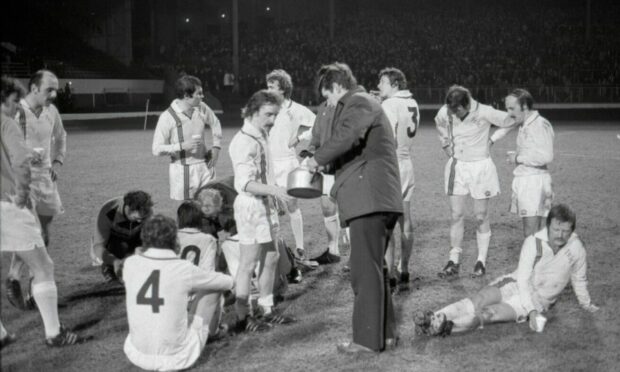
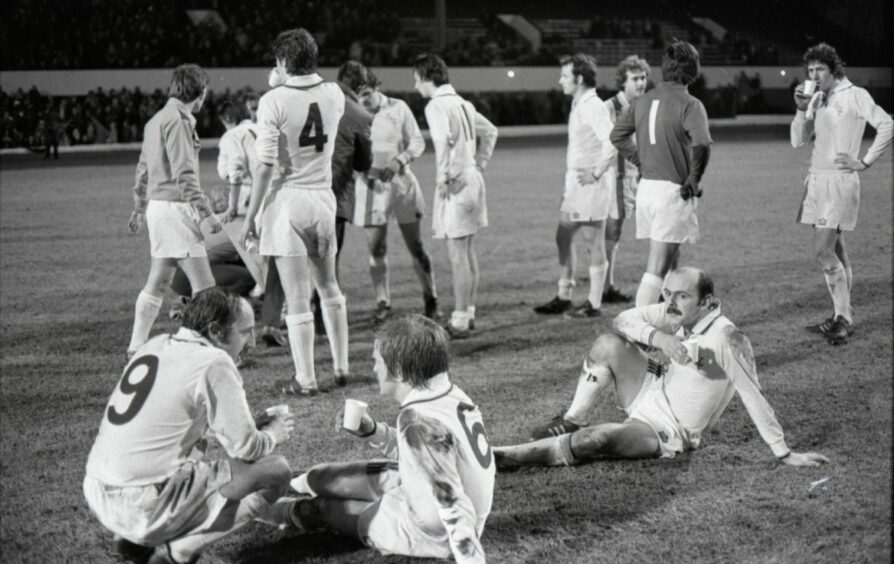
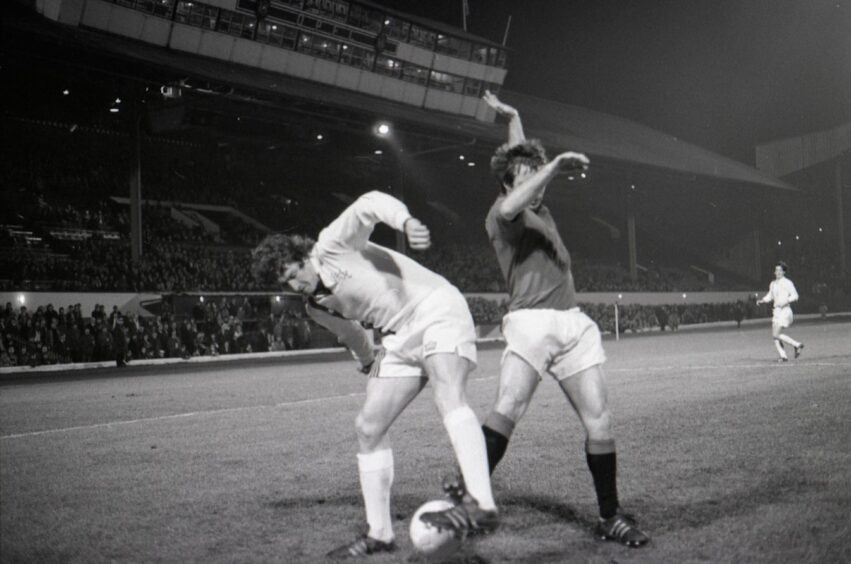
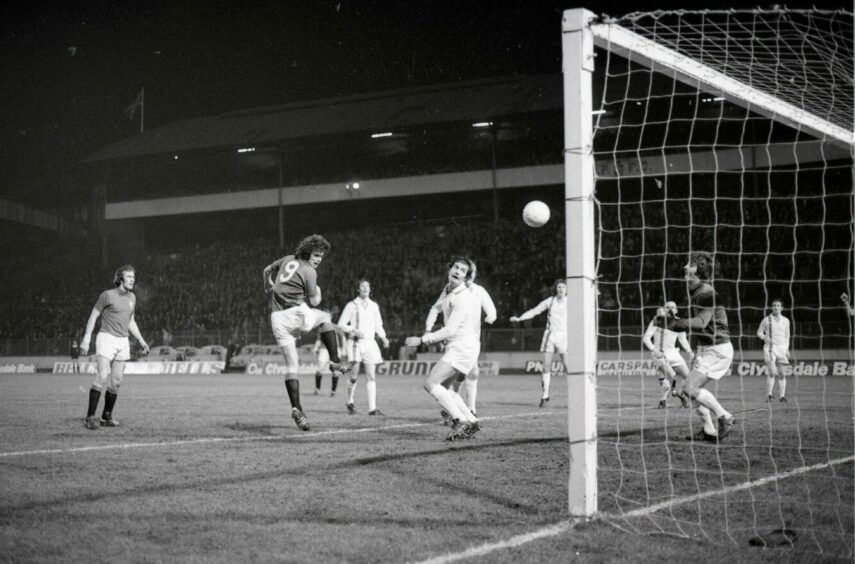
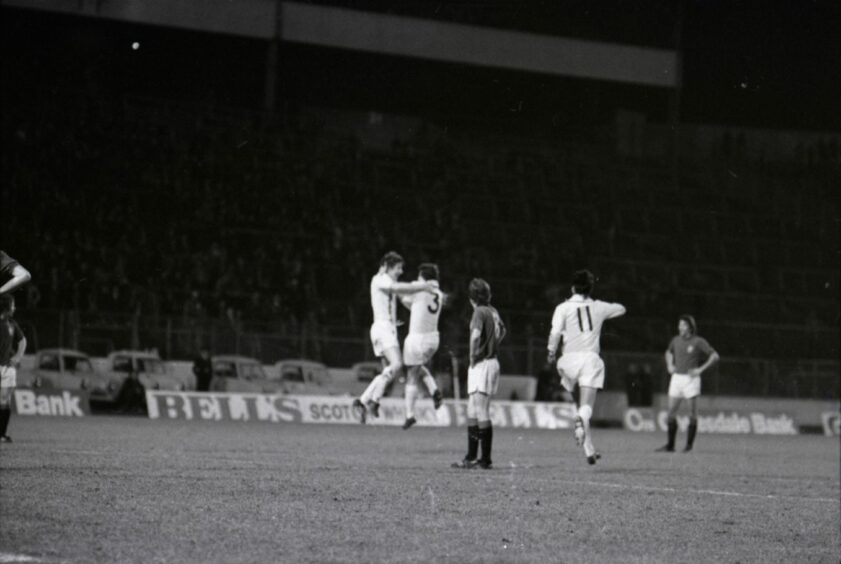
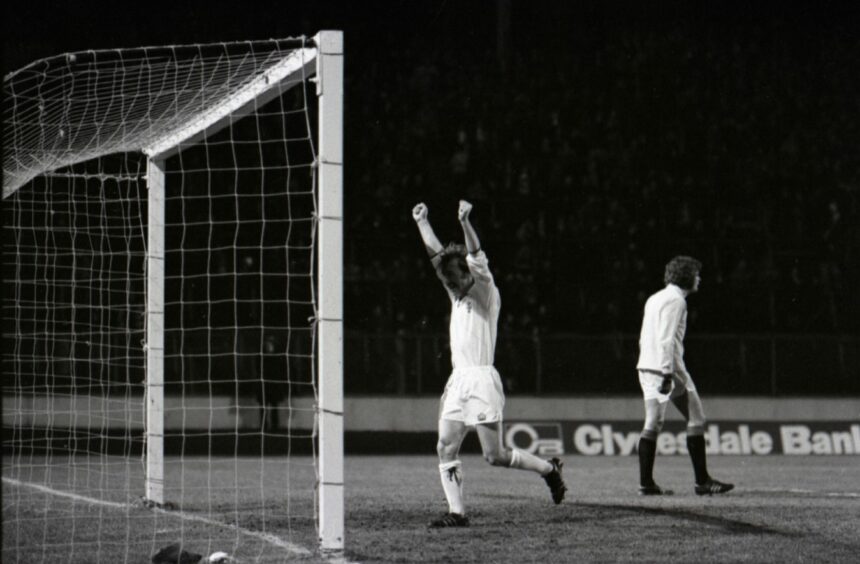
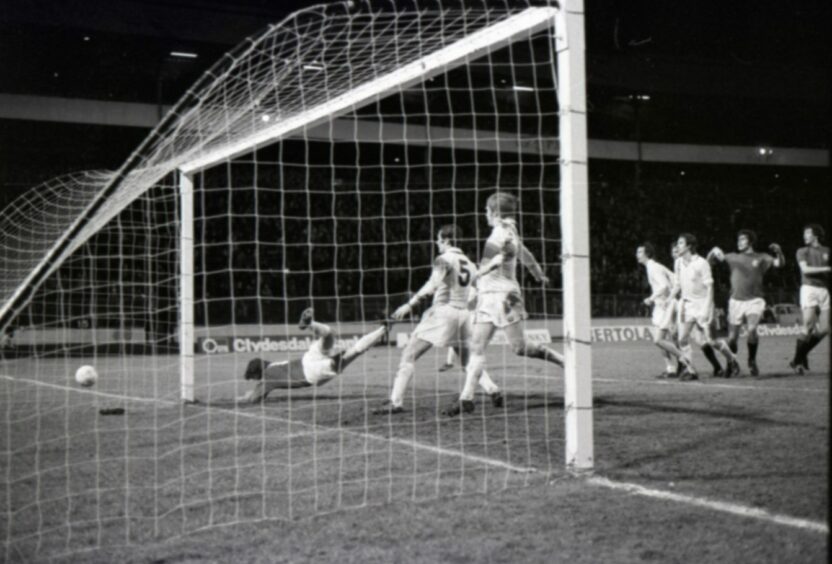
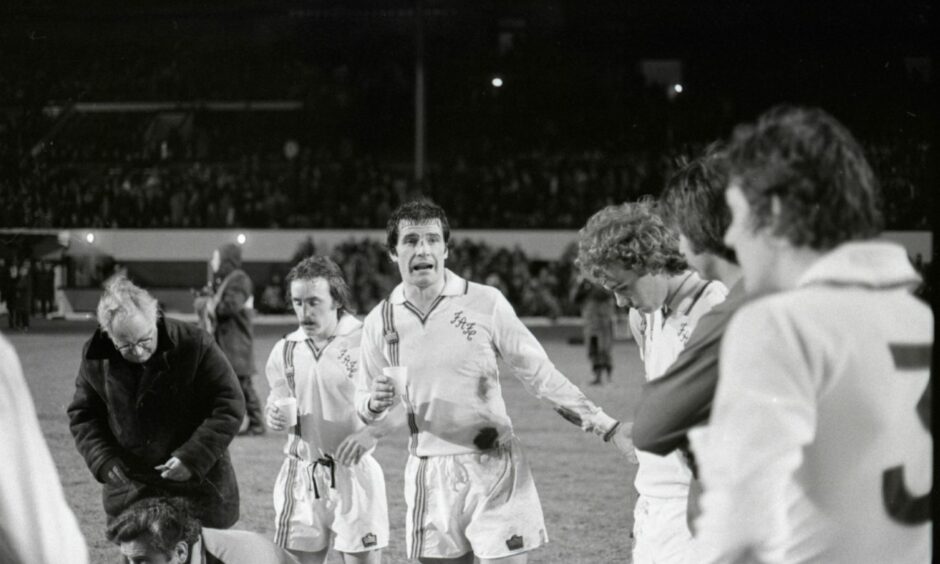
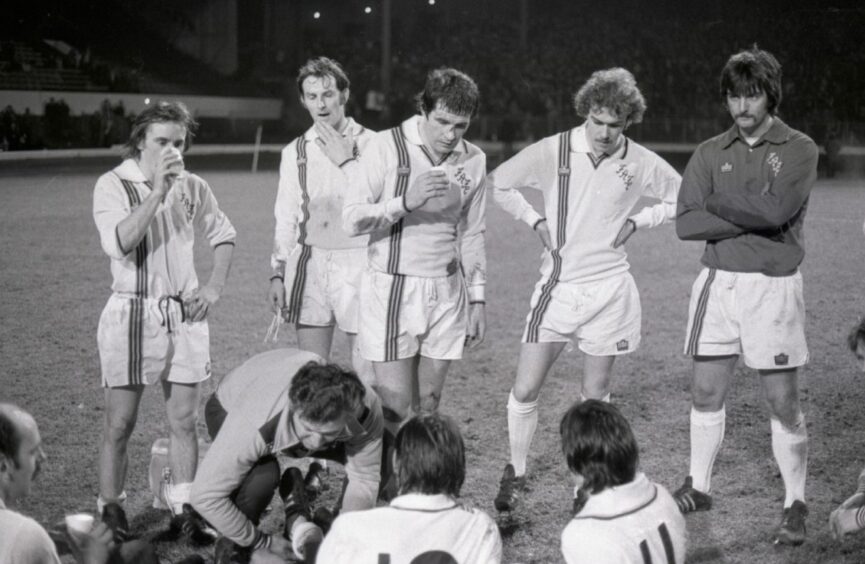
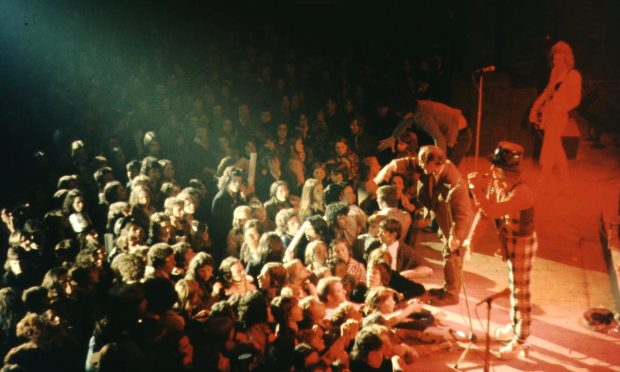
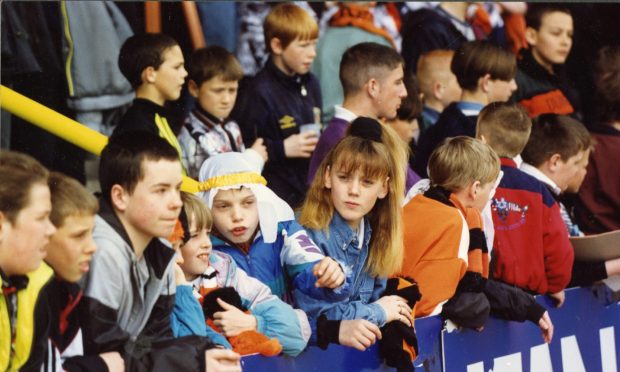
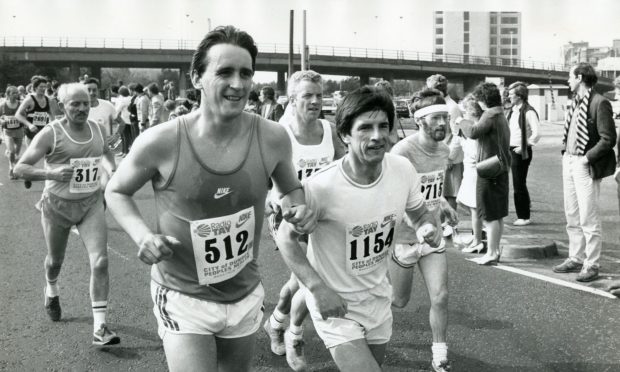







Conversation